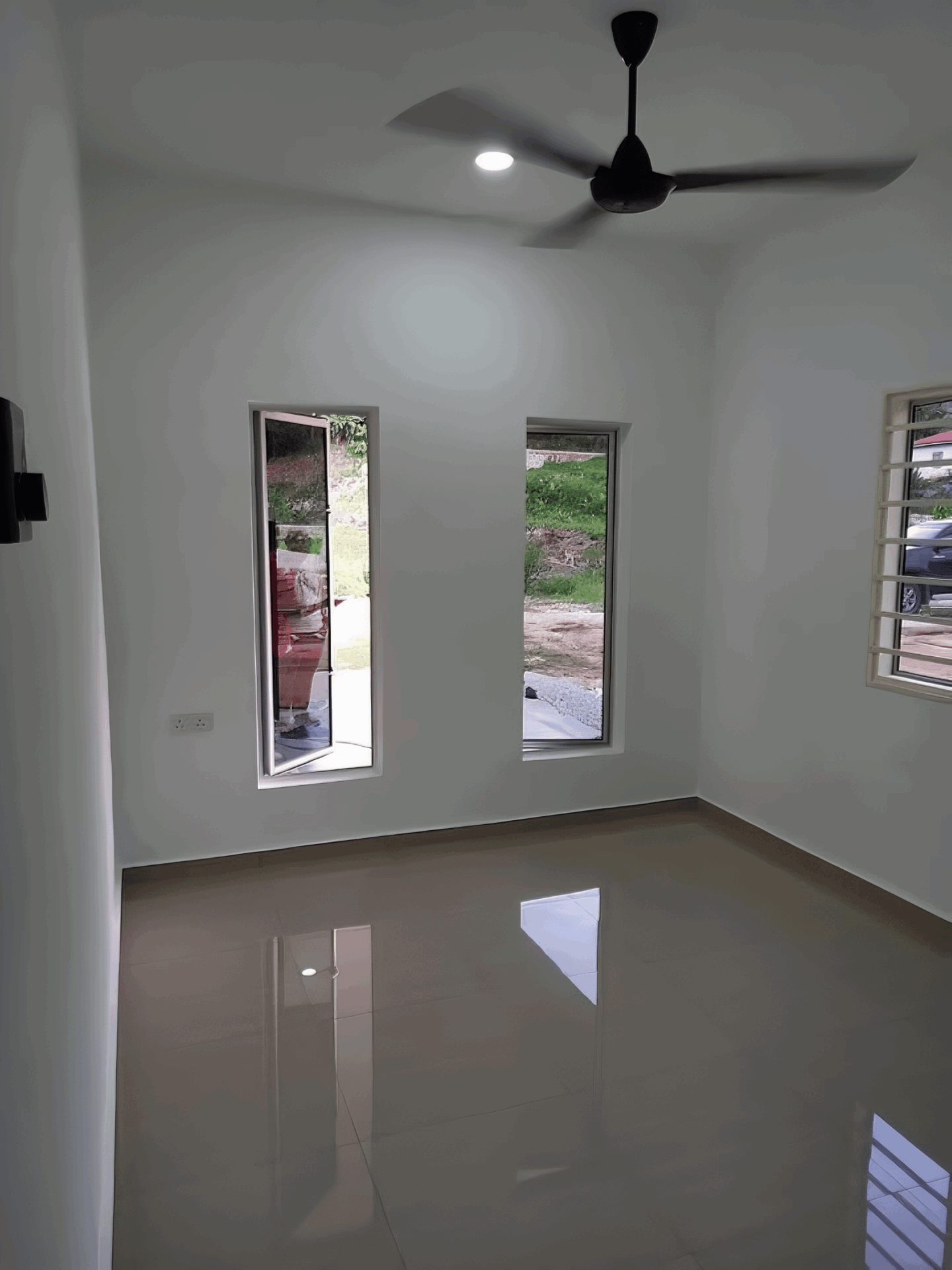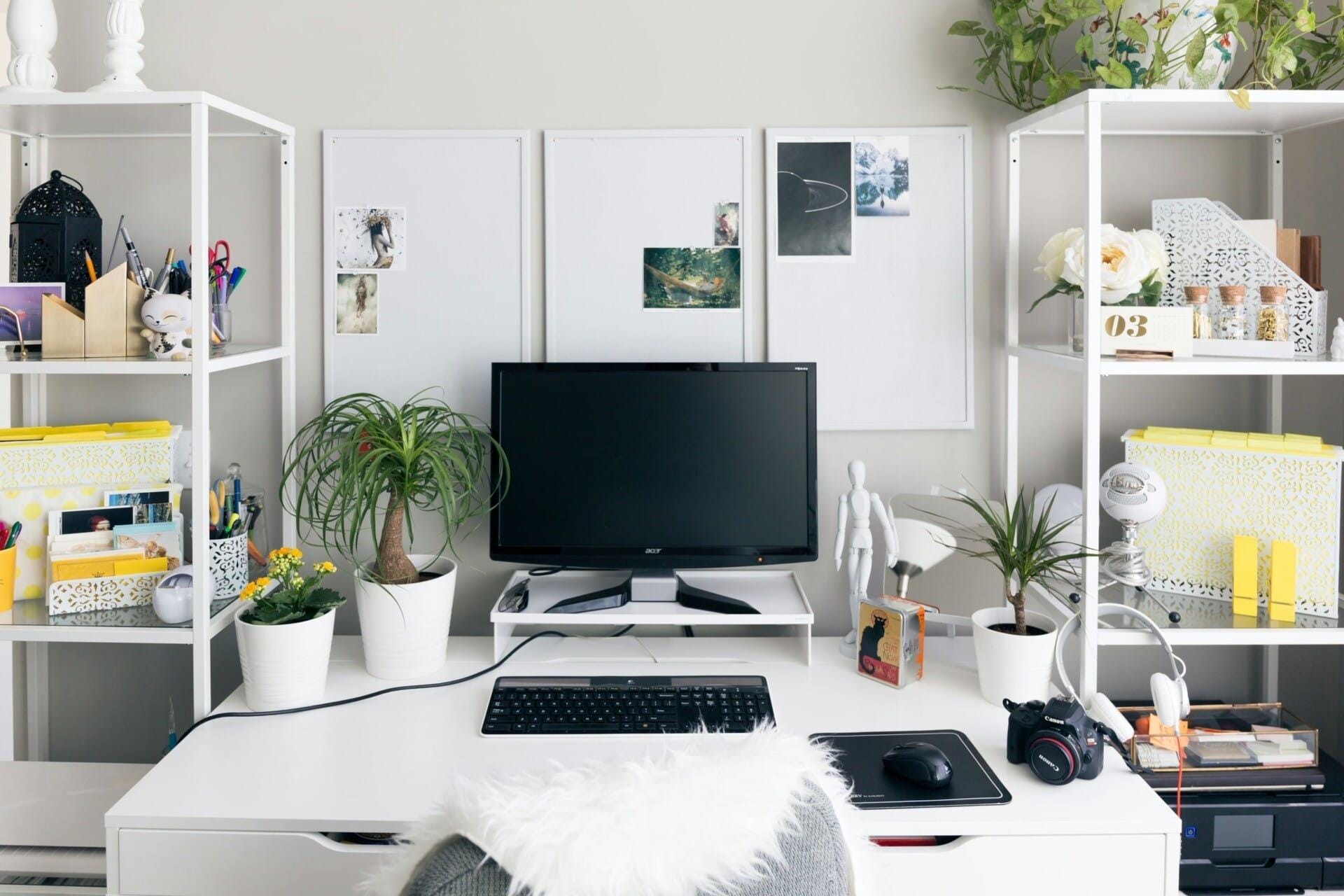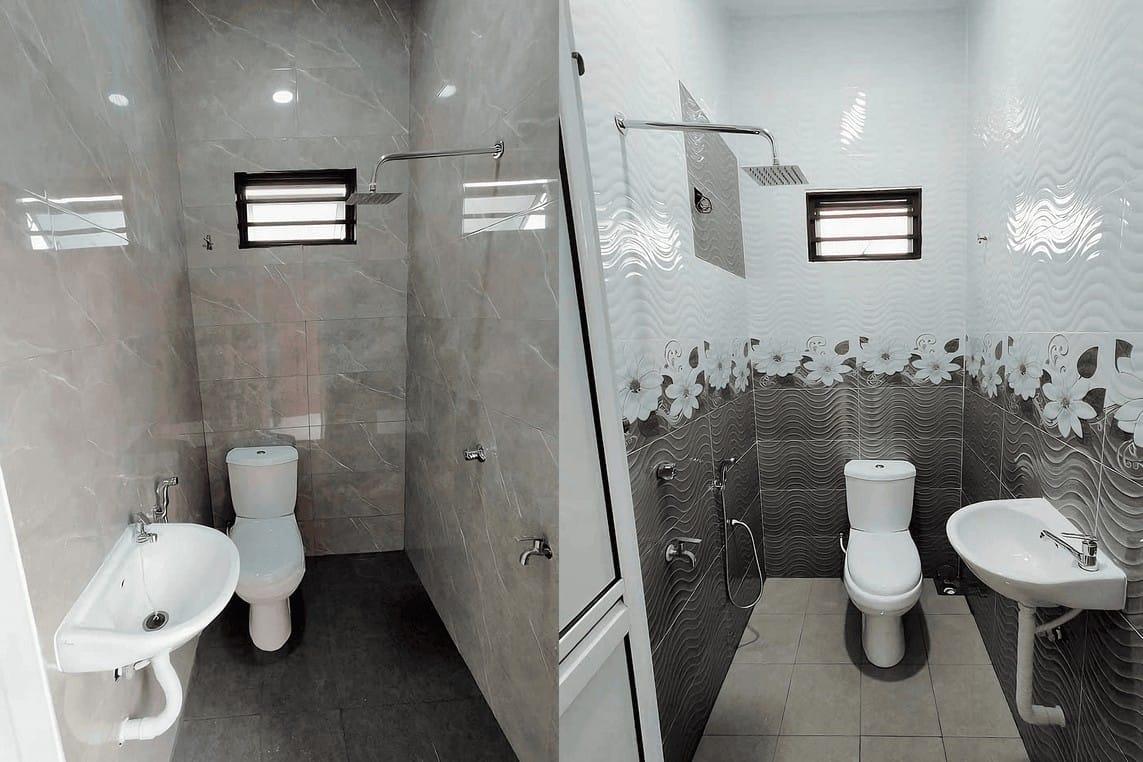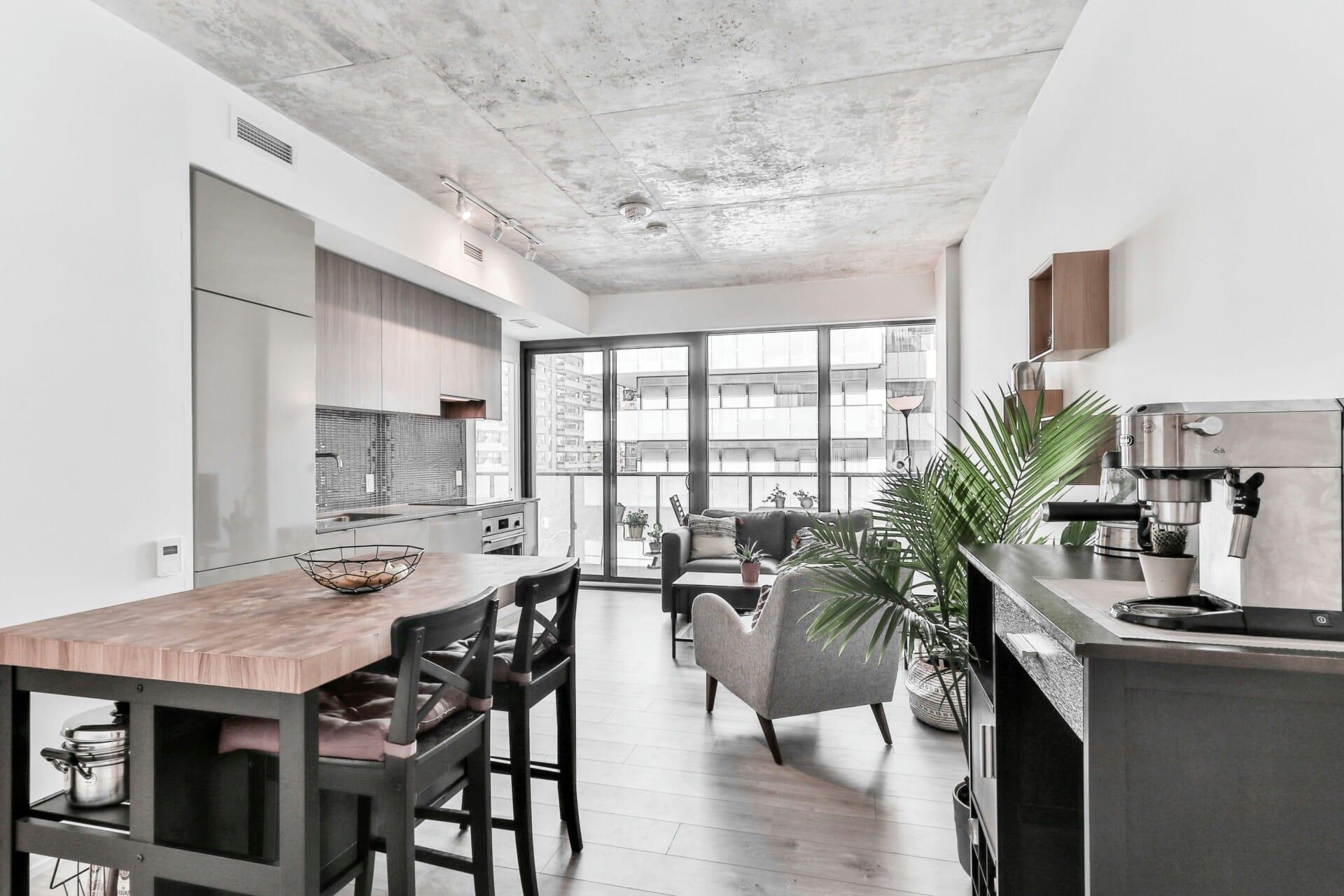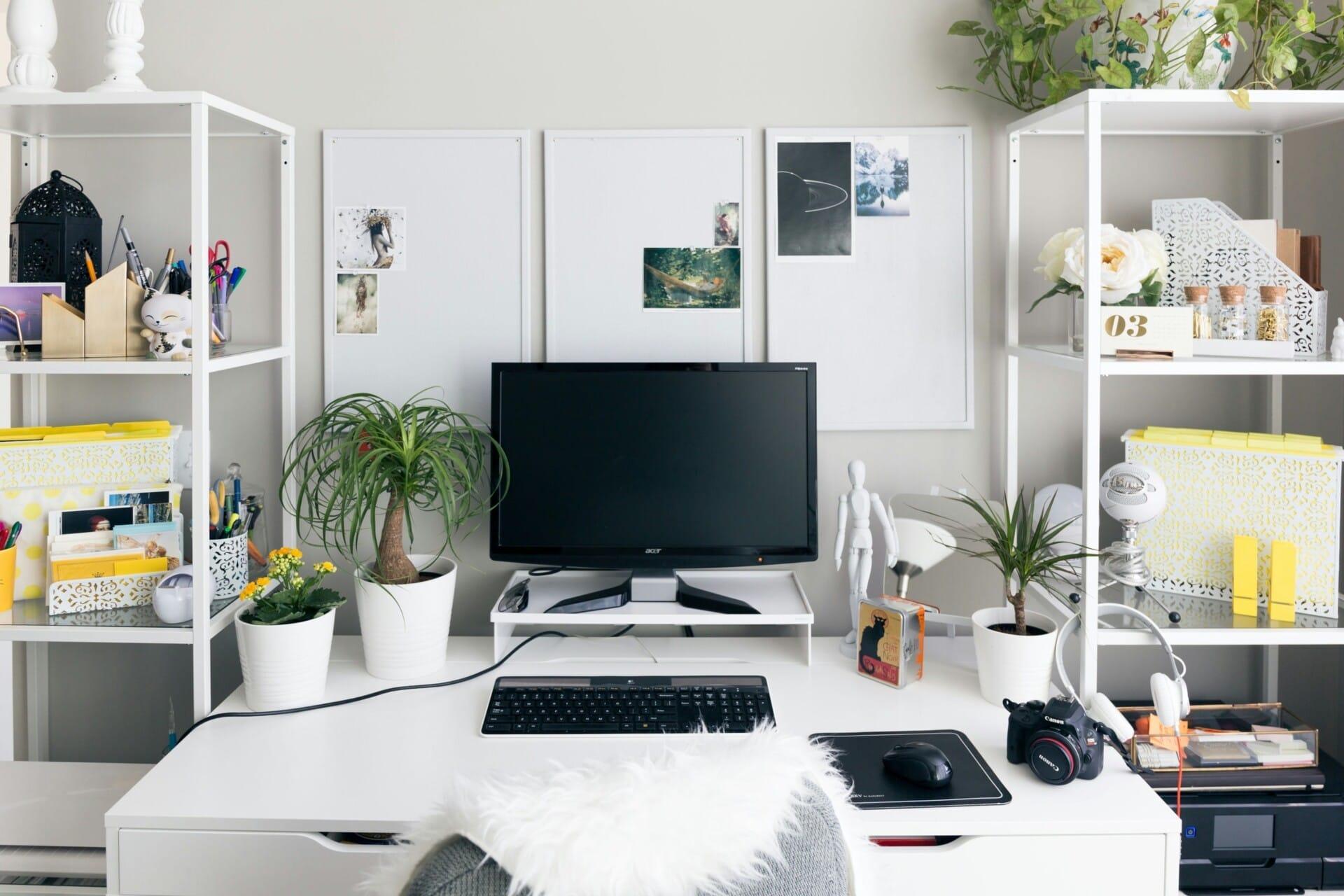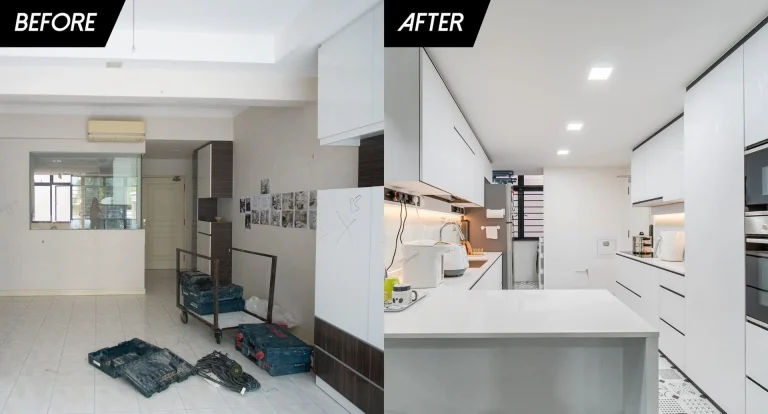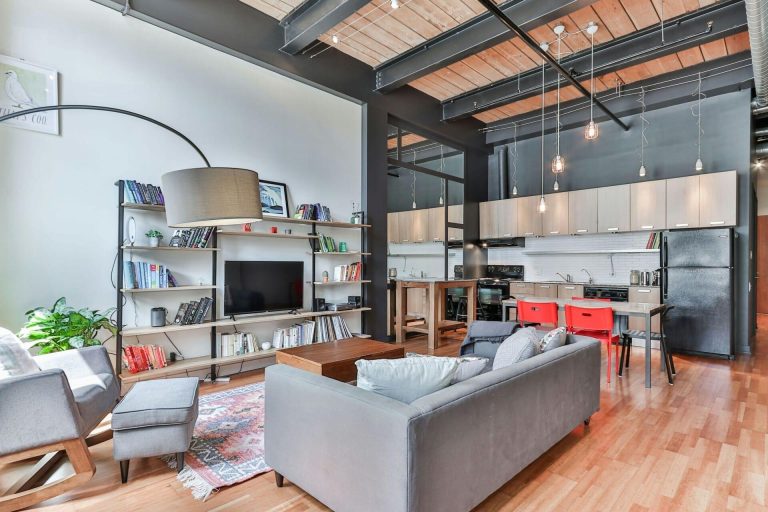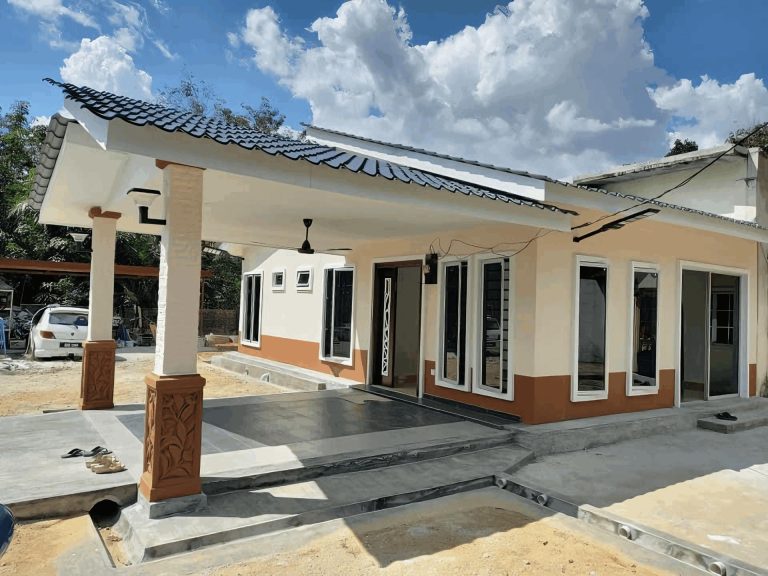Hey there, fellow Malaysians! Have you ever stopped to think about how your home is positioned under the vast Malaysian skies? You might be surprised to discover that the way your house faces can have a huge impact on everything from your energy bills to your mood. Yup, it’s not just about aesthetics or following the latest architectural trends. Whether you’re basking in the morning sun or shielding yourself from the sweltering afternoon heat, your home’s orientation plays a key role in your everyday life. So, let’s dive into why knowing which way your home points might just be more important than you ever imagined!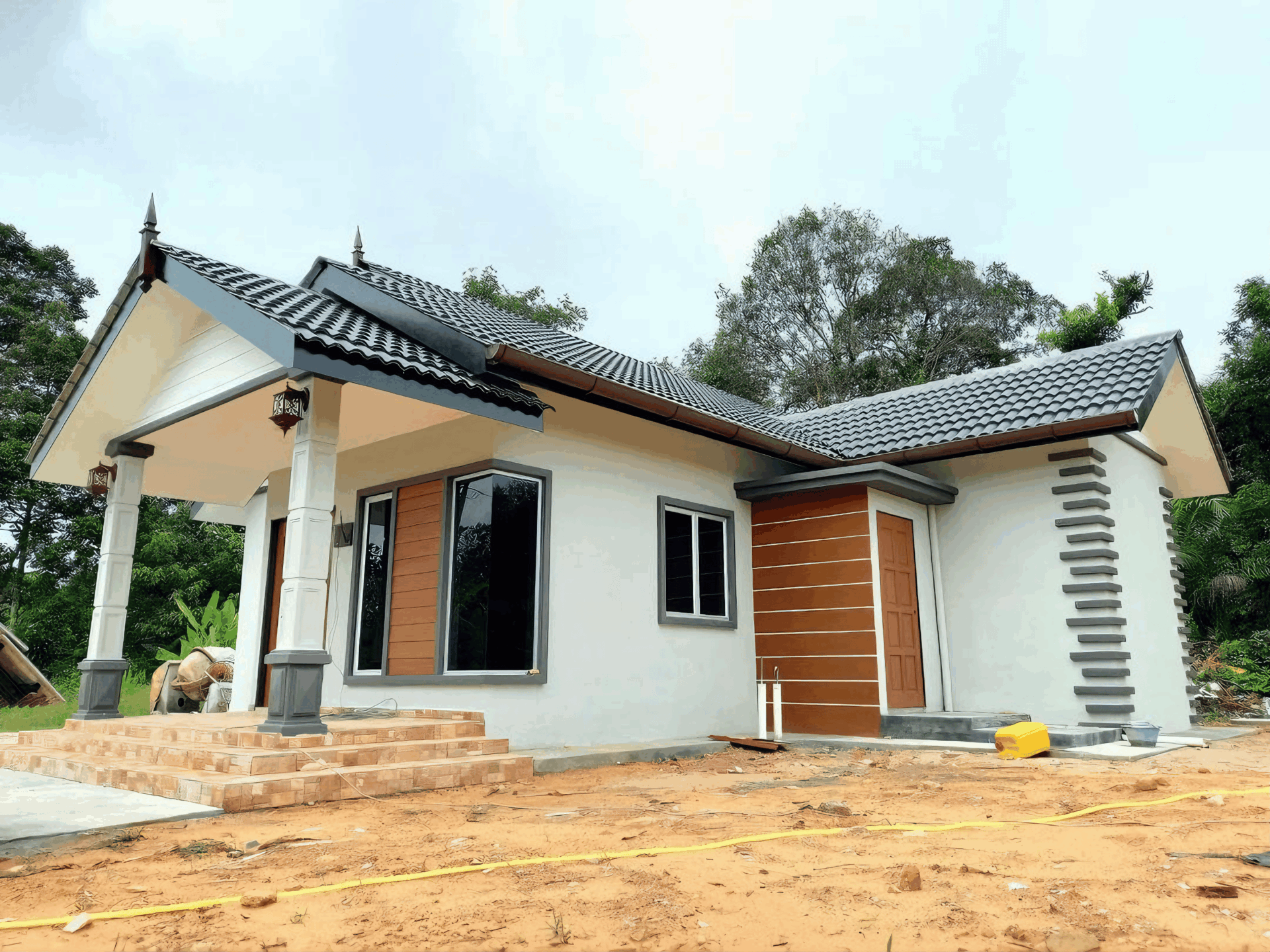
The Subtle Influence of Sunlight on Daily Life
We often underestimate the power of sunlight in our lives, especially when it comes to how our homes are positioned. The direction your home faces can significantly influence how much natural light floods your spaces. With Malaysia’s tropical climate, ample sunlight is available year-round, meaning that the way your house is oriented can either warm your space with natural light or create an ambiance that feels dark and cramped. The right amount of sunlight can energize your spirit, encouraging productivity and a sense of well-being.
Consider the various benefits that come from optimizing your home’s exposure to daylight:
- Enhanced Mood: Sunlight can boost serotonin levels, helping to reduce feelings of anxiety and depression.
- Natural Heat Regulation: A well-oriented home can remain cooler during those hot afternoons, reducing the need for air conditioning.
- Energy Efficiency: Utilizing natural light can lessen your reliance on artificial lighting, ultimately leading to lower electricity bills.
It’s not just about how sunlight illuminates a room; the interplay between light and shadow creates a dynamic living environment. For instance, rooms that receive morning sunlight can feel more inviting when you wake up, while spaces that catch the sunset provide a calming farewell to the day. The table below summarizes how different orientations can impact your living experience:
| Orientation | Benefits | Considerations |
|---|---|---|
| North | Consistent light throughout the day | May lack warmth in the evening |
| South | Bright, warm spaces, great for plants | Can get excessively hot in the afternoon |
| East | Morning light, energizing atmosphere | Shaded in the afternoon |
| West | Spectacular sunsets, warm evenings | Can be too hot in the late afternoon |
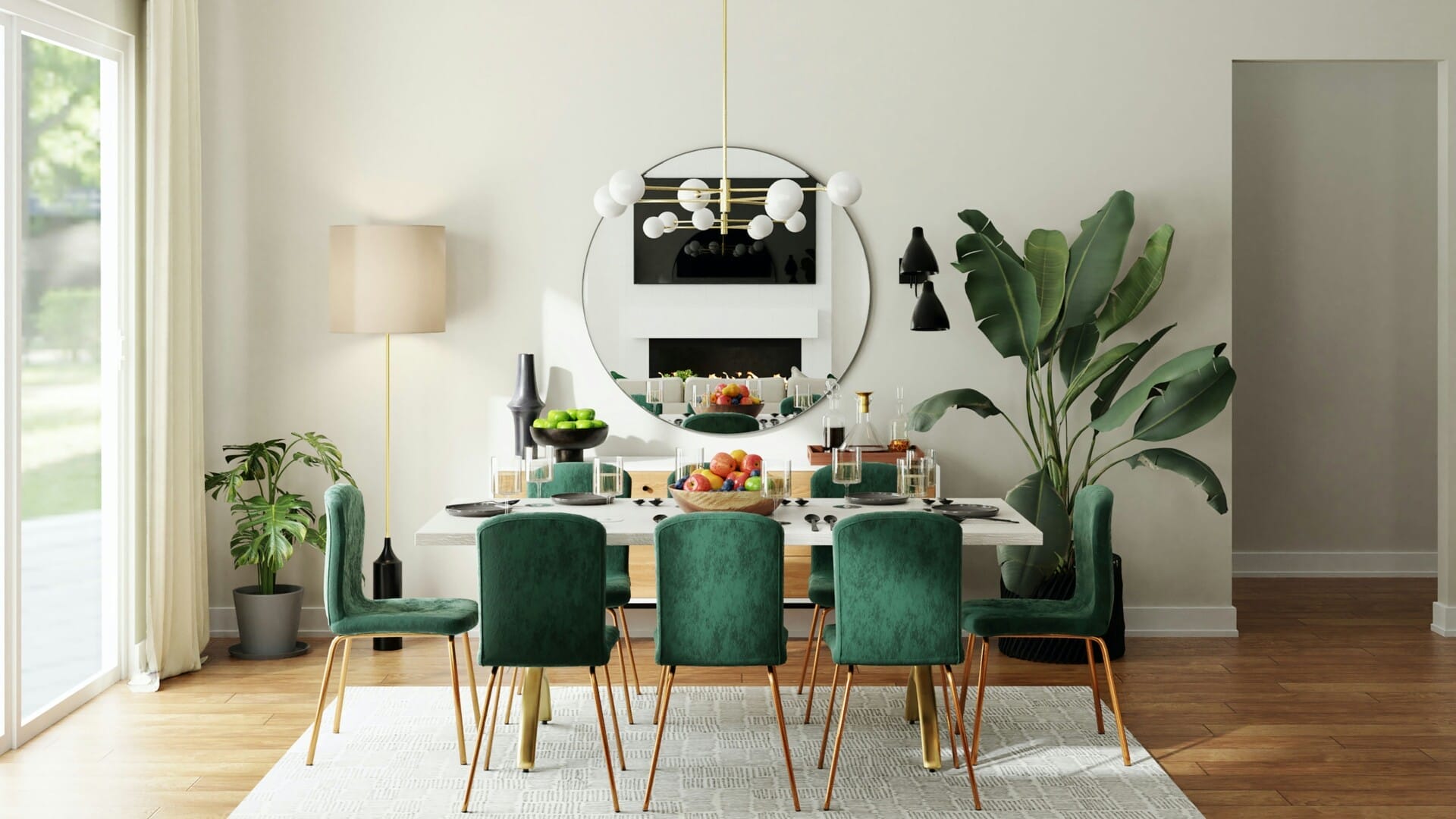
Maximizing Natural Light for Energy Efficiency
One of the best ways to boost energy efficiency at home is by embracing the sun’s natural light. First, think about the locations of your windows. Ideally, you want larger windows facing towards the equator to maximize sunlight. This simple tip can make a huge difference in how much natural light comes flooding in. Also, consider using light-colored curtains which can reflect light instead of absorbing it, making your spaces feel airy and bright.
Incorporating design elements that encourage light flow can further enhance your home’s energy efficiency. For example, using open floor plans allows light to travel seamlessly from one room to another. Moreover, placing mirrors strategically can amplify natural light, making your space feel larger and more welcoming. Here’s a quick list of effective ways to let in more sunlight:
- Install skylights
- Utilize glass doors
- Opt for frosted windows that still let light in
- Choose light-reflective surfaces in your decor
To quantify the impact of natural light, consider how much energy you save on lighting during daytime hours. Below is a simple table showcasing potential savings based on window orientation:
| Window Orientation | Average Daylight Hours | Annual Energy Savings (%) |
|---|---|---|
| North | 5-6 hrs | 10-15% |
| South | 7-8 hrs | 15-20% |
| East | 6-7 hrs | 10-12% |
| West | 5-6 hrs | 8-10% |
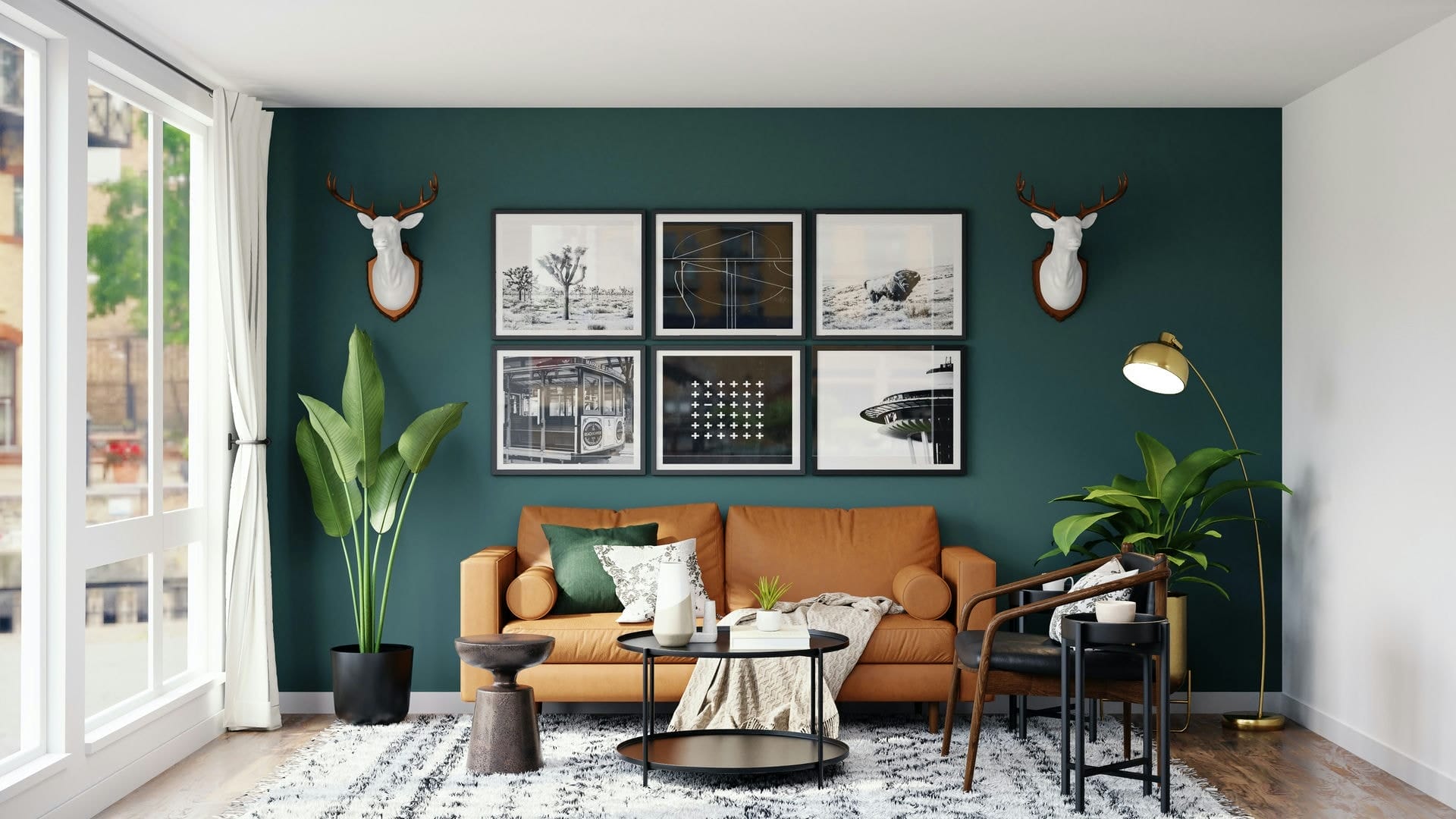
The Role of Wind Patterns in Home Comfort
When it comes to your home’s comfort, the direction your house faces can make a significant difference, especially in a tropical climate like Malaysia. Wind patterns, influenced by various factors such as geography and seasonal changes, can affect how cool or warm your space feels throughout the day. Homes that are oriented to capture prevailing breezes can experience improved air circulation, making those hot afternoons a bit more bearable. Imagine sipping your tea on the balcony, feeling the gentle wind instead of the stifling heat!
Understanding local wind patterns can allow homeowners to make informed decisions about orientation and window placements. Here are a few benefits of aligning your home with the natural flow of the wind:
- Natural Ventilation: A well-placed window can invite refreshing breezes indoors, reducing the need for artificial cooling.
- Energy Efficiency: By allowing cooler air to circulate, you can lower electricity bills related to air conditioning.
- Comfortable Living Spaces: Homes with good airflow feel more comfortable, promoting a healthier indoor environment.
It’s also worthwhile to consider how you can optimize your home design to take advantage of wind patterns. For example, creating an open layout can encourage airflow throughout your space. Below is a simple orientation matrix to help you strategize:
| Orientation | Expected Wind Flow | Best Design Practices |
|---|---|---|
| North-South | Typically breezy | Large windows on the north side |
| East-West | Variable breezes | Strategically placed overhangs |
| Elevation | Mountains or hills | Use of ventilation shafts |
By recognizing and adapting to these patterns, you can create a sanctuary that stays comfortable throughout the year without relying heavily on air conditioning. In sunny Malaysia, where the climate can be quite sweltering, leveraging the rhythm of the wind can turn your home into a refreshing escape, transforming how you experience daily life.
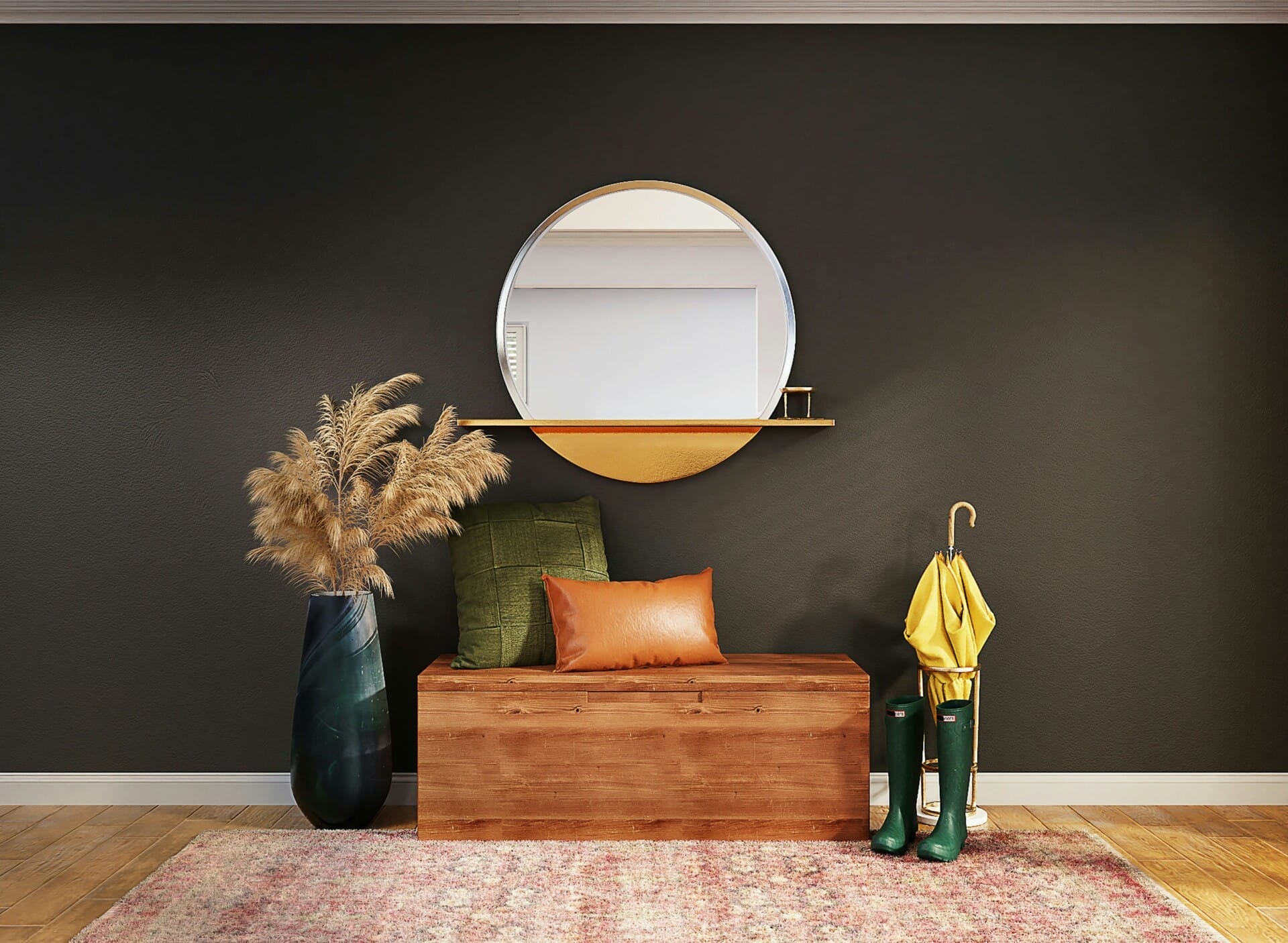
Landscaping with Orientation in Mind
When planning your garden or outdoor space, think about how the sun moves across the sky. Sunlight can make a world of difference! For example, if you’re in a region that gets a lot of sun, placing your garden on the south or southwest side will give you the best light throughout the day. This makes it easier for your plants to soak up those rays, leading to vibrant blooms and healthy growth. On the flip side, areas that are heavily shaded may be perfect for featuring plants that thrive in less light.
Wind can be a sneaky player in your landscape design. Depending on your home’s orientation, certain sides might face stronger winds, which can dry out plants or even damage them. You can create a natural windbreak using tall shrubs or hedges on those exposed sides. Not only does this protect your plants, but it also gives you a cozy spot in the garden where the air is calmer. Consider trees too; their height can provide a stunning vertical backdrop while serving the practical purpose of sheltering your garden.
| Orientation | Ideal Plants | Key Benefits |
|---|---|---|
| South-facing | Sunflowers, Jasmine | Maximized sunlight, vibrant blooms |
| North-facing | Ferns, Hostas | Shade-tolerant, lush foliage |
| East-facing | Roses, Lavender | Mild morning sun, less heat stress |
| West-facing | Succulents, Cacti | Heat-loving, drought-resistant |
Rain can also be part of the mix, so consider how the orientation of your home affects water runoff. Utilizing the natural landscape can help direct water away from your foundations while nourishing plants at the same time. Designing with drainage in mind is essential; consider creating pathways or garden beds that naturally guide excess water towards areas where it can do the most good. By doing so, you’ll not only optimize your outdoor living space but also ensure your plants have what they need to thrive year-round.
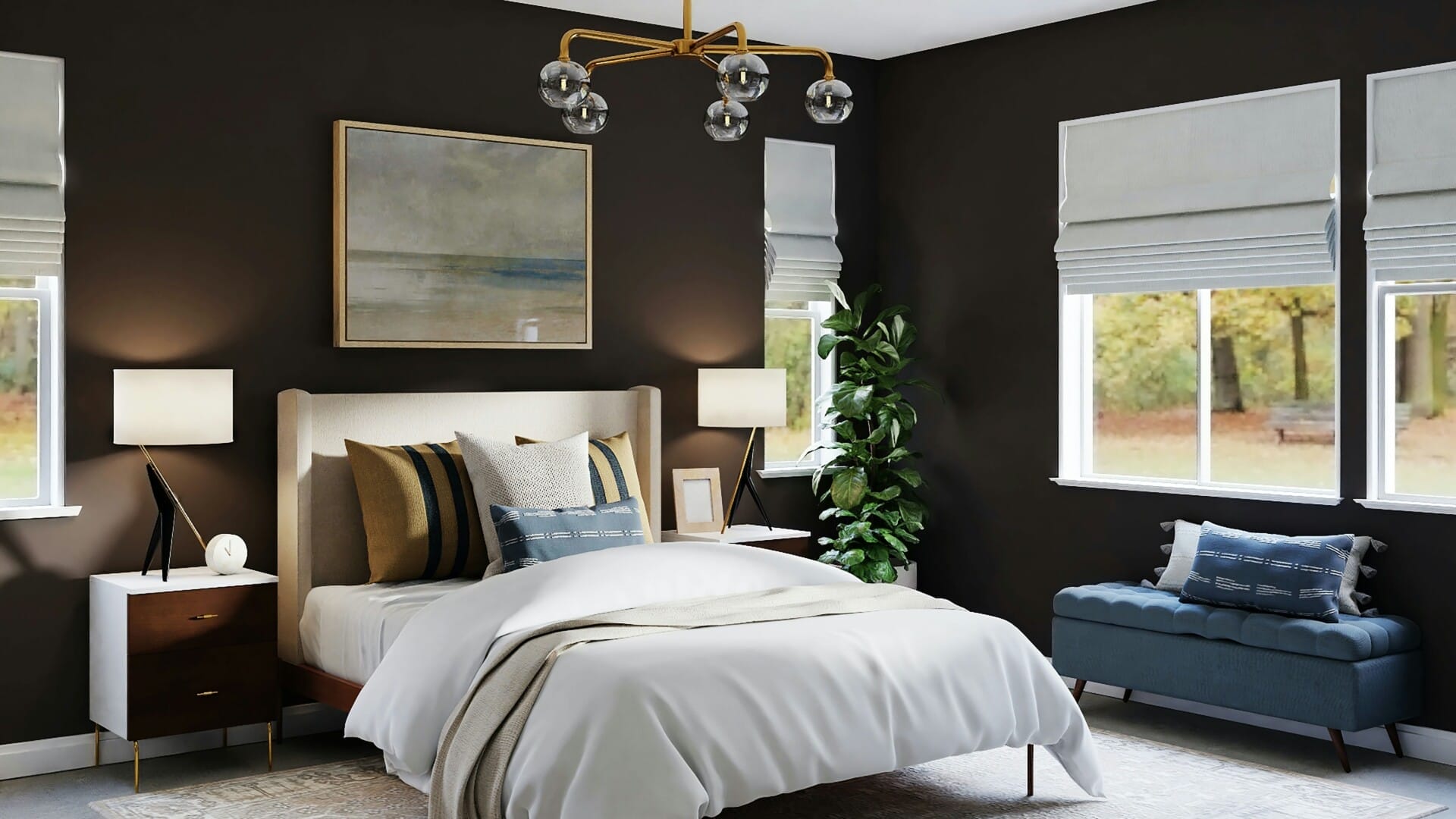
Optimizing Views and Vistas: Aesthetic Considerations
When you think about the views from your home, it’s not just about where you place your couch or which window you stare out of. The orientation of your home plays a crucial role in how you experience the surrounding landscape. Homes that face natural wonders, like hills or rivers, not only provide stunning backdrops but can also elevate your daily experience. Imagine waking up to the sun rising over the mountains or winding your evenings with sunsets dancing across the sky—these sights can profoundly impact your mood and well-being.
Moreover, considering your home’s orientation can also enhance the aesthetic qualities of your outdoor space. When strategically placed, landscaping can frame beautiful views, creating natural artwork for you to admire. Think about incorporating features such as:
- Water features to reflect the scenery
- Decorative plants to add color and texture
- Hardscapes that guide the eye toward prominent views
It’s crucial, however, to balance views with privacy and functionality. An open vista is marvellous, but so is a secluded nook to retreat to. Optimize your home’s orientation with design elements that offer both, such as:
| Feature | Purpose |
|---|---|
| Large Windows | Maximize light and views |
| Balconies or Decks | Outdoor relaxation with a view |
| Strategic Planting | Block undesirable sights while enhancing beauty |
In essence, the orientation of your home is a canvas. With thoughtful design aimed at maximizing views and vistas, you can create an environment where nature becomes part of your life’s art. Every sunrise, sunset, and starlit night can become a cherished experience by simply embracing the orientation of your living space.
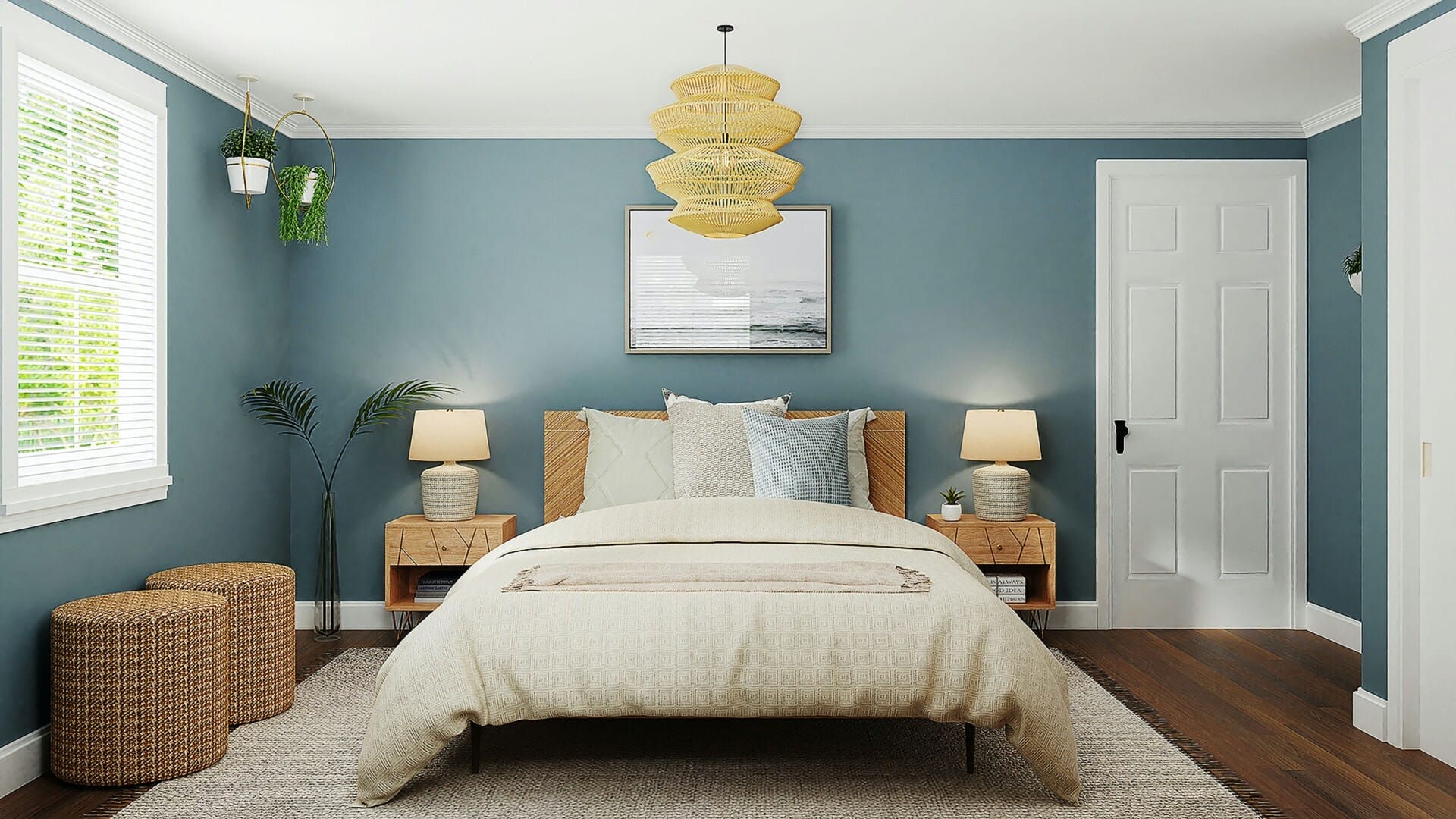
Seasonal Changes and Their Impact on Home Temperature
When you think about how the weather changes from season to season, it’s not just about pulling out those cozy sweaters or figuring out when to crank up the air conditioning. The orientation of your home plays a crucial role in how these seasonal shifts affect your indoor temperature. For instance, homes facing the sun during the day can experience significant heating, especially in a tropical climate like Malaysia where the sun is intense. This can lead to overheating in the afternoon, making it essential to consider shading and ventilation options.
In a similar vein, homes that are oriented to catch the cool northern breeze can benefit greatly during the hot months. Natural ventilation can do wonders for maintaining a comfortable indoor climate without relying heavily on air conditioning. If your windows are strategically placed to allow for these breezes, you can enjoy a refreshing airflow that helps to maintain a stable temperature throughout the year. Here are a few tips to help you capitalize on this:
- Install overhangs or awnings to provide shade during peak sun hours.
- Use curtains or blinds that can obstruct direct sunlight in the afternoons.
- Opt for reflective window films to reduce heat gain in your living spaces.
It’s not just about keeping cool, though; in the cooler months, you want to maximize warmth without a massive energy bill. The right orientation can help you retain heat better, making it easier to warm your home naturally. For example, consider incorporating materials that absorb heat during the day and release it at night. Here’s a simple breakdown of which materials can help your home stay cozy:
| Material | Heat Retention Properties |
|---|---|
| Brick | Good at absorbing and holding heat. |
| Concrete | Excellent thermal mass, retains heat effectively. |
| Wood | Insulative, reducing heat loss during cooler months. |
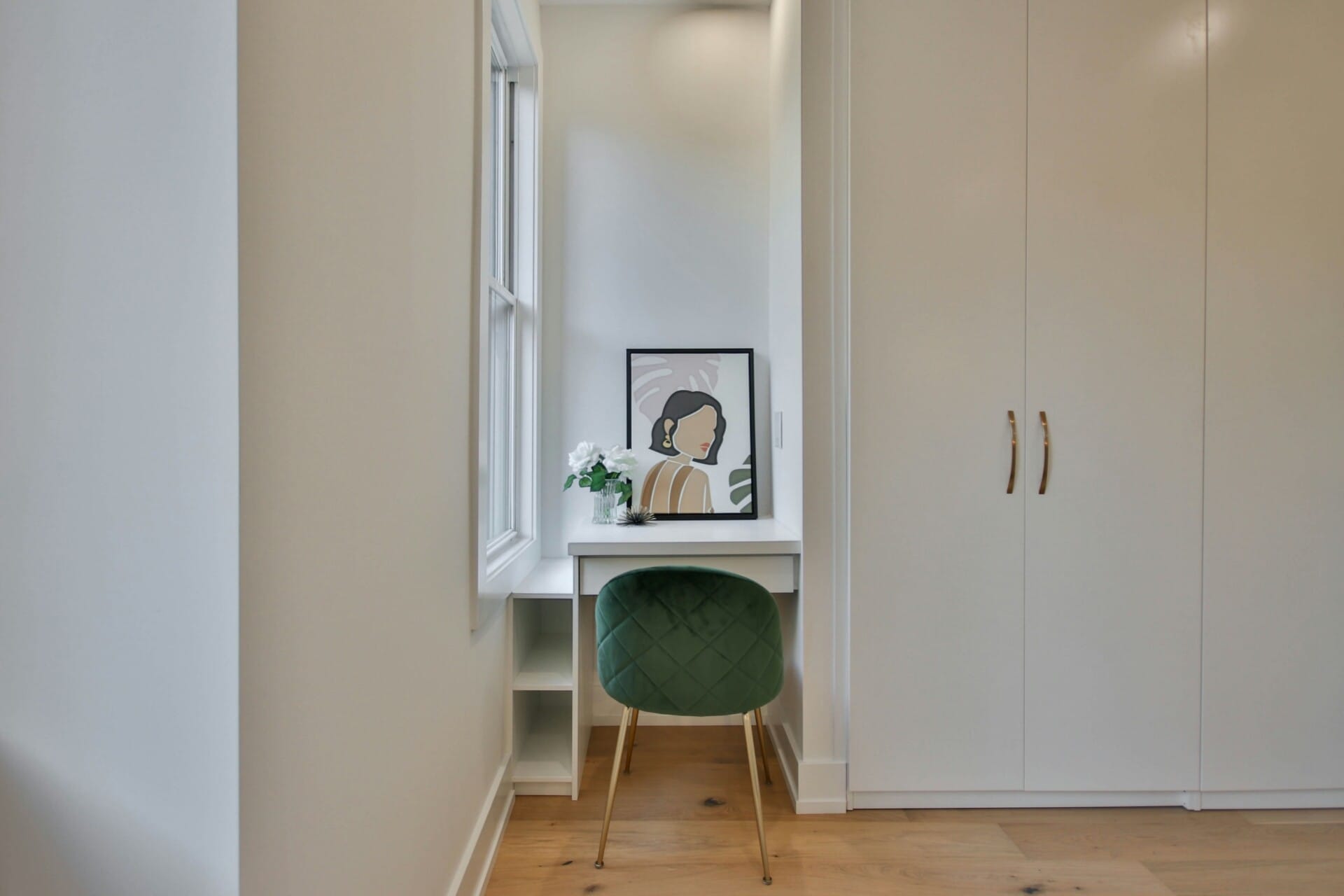
Navigating Neighborhood Layouts for Enhanced Privacy
When it comes to your home’s location, it’s not just about having a nice view or being close to amenities. Think about how the neighborhood’s layout can play a big role in your overall privacy. Whether you live in a bustling town or a serene suburb, understanding the positioning of nearby homes, streets, and green spaces can help you make the most of your personal sanctuary. Here are a few aspects to consider:
- Distance from Neighboring Homes: Larger gaps between homes usually equate to increased privacy. Look for layouts that emphasize space.
- Orientation of Your Property: Your home’s direction can help shield you from prying eyes. For example, placing windows strategically can either promote or detract from your privacy.
- Natural Barriers: Trees, fences, and garden hedges can create natural buffers. Their positioning can significantly affect how exposed—or secluded—your home feels.
Additionally, the design of streets and pathways contributes to how enclosed or open your home feels. For instance, cul-de-sacs can reduce foot traffic and can be ideal for families looking for a quieter atmosphere. A well-planned layout can also provide opportunities for greater visual access while maintaining a sense of privacy. Here’s a quick comparison of different street designs:
| Street Type | Privacy Level | Traffic Flow |
|---|---|---|
| Cul-de-sac | High | Low |
| Main Road | Low | High |
| Grid Layout | Medium | Moderate |
considering your neighborhood layout should go beyond just location; think about what your desired lifestyle looks like. Whether you value peace, a sense of community, or easy access to facilities, striking a balance between these factors can enhance your living experience. The more you understand and navigate the dynamics of your surroundings, the more you can tailor your home environment to fit your privacy needs.
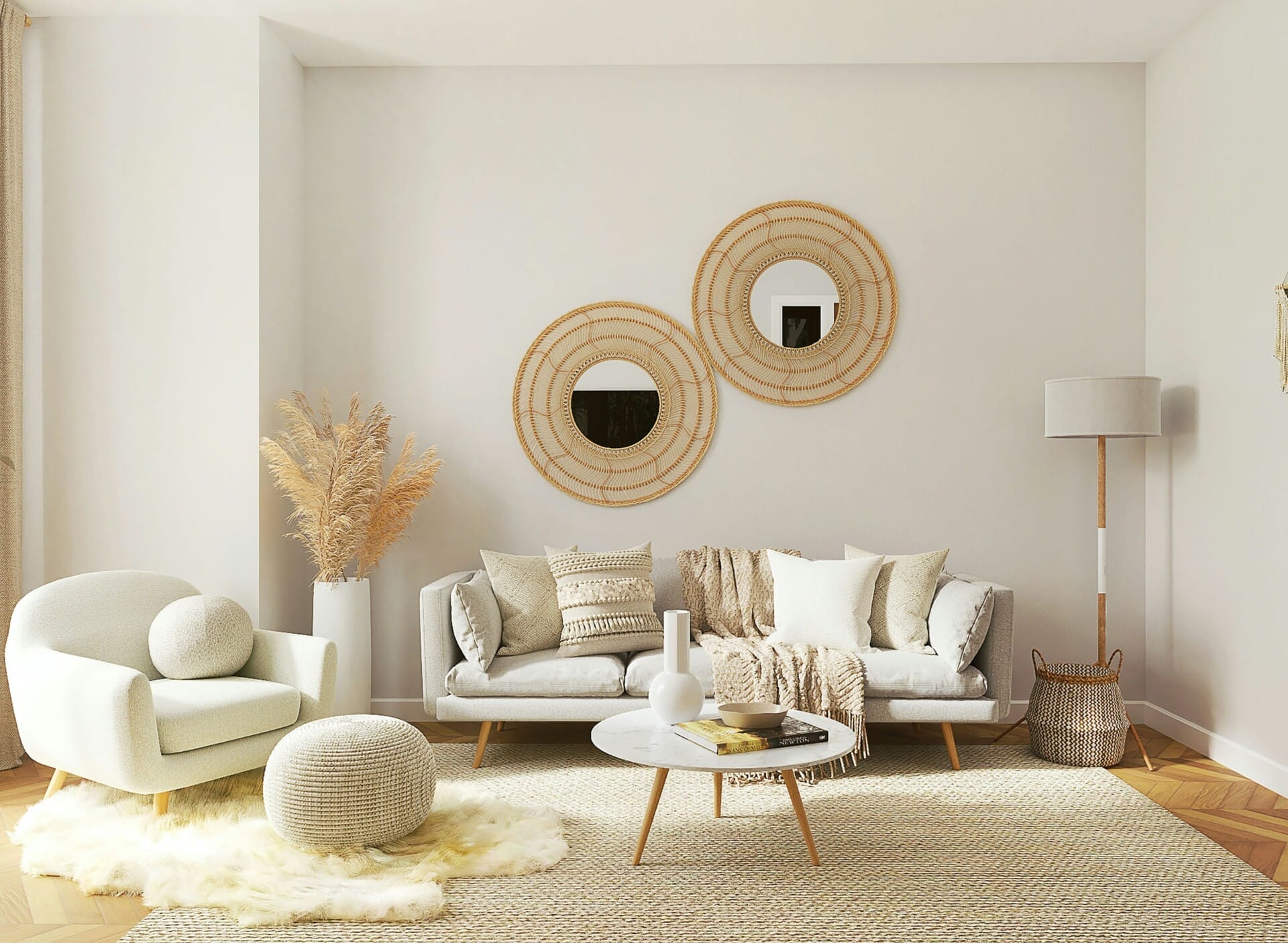
Long-Term Value: How Orientation Affects Property Resale
The orientation of a property plays a crucial role in determining its long-term value. Buyers are increasingly aware of how a home faces can influence their living experience. For example, homes that face the north are often favored in tropical climates like Malaysia, as they benefit from cooler breezes and reduced direct sunlight. This thoughtful orientation not only enhances comfort but also decreases reliance on air-conditioning, which can be an attractive selling point when it’s time to resell.
Apart from comfort, orientation affects natural light and energy efficiency, impacting overall appeal. Properties with ample natural light have a warm and inviting atmosphere, making them stand out in a competitive real estate market. Consider the following benefits of good orientation when thinking of resale value:
- Reduced energy bills due to natural heating and cooling
- Better indoor aesthetics and psychological well-being
- Enhanced curb appeal from lush landscaping that thrives in the right light
Lastly, orientation can impact potential buyers’ willingness to pay a premium. Properties that face east, for instance, capture stunning sunrise views, while those to the west enjoy picturesque sunsets. Both scenarios can be a drawcard for future homeowners. To illustrate this impact, here’s a simple comparison of property features based on orientation:
| Orientation | Pros | Cons |
|---|---|---|
| North | Cooler temperatures, bright light | Limited afternoon sun |
| East | Morning sunlight, beautiful views | Heat buildup during afternoons |
| South | Consistent light, warmth | Can be too hot without shade |
| West | Stunning sunsets, relaxing evenings | Excessive heat in the evening |
The Way Forward
As we wrap up our little chat about home orientation, it’s clear that it goes way beyond just how your house looks from the street. Whether you’re planning to build, buy, or just curious about the ins and outs of your current home, keeping an eye on that compass can really make a difference.
Imagine soaking up the morning sun while enjoying your roti canai or staying cool under the shade of a leafy tree in the afternoon. It’s those small touches that can turn a house into a home, and the right orientation can help you get there. Plus, with Malaysia’s tropical climate, a little bit of thoughtful positioning can help you save on those pesky energy bills.
So, the next time you walk into your place, take a moment to appreciate its orientation. Maybe even think about how you might optimize that space to make it work better for you and your family. Here’s to crafting a more comfortable, energy-efficient, and welcoming home—one that truly reflects your lifestyle and needs. Happy orienting!